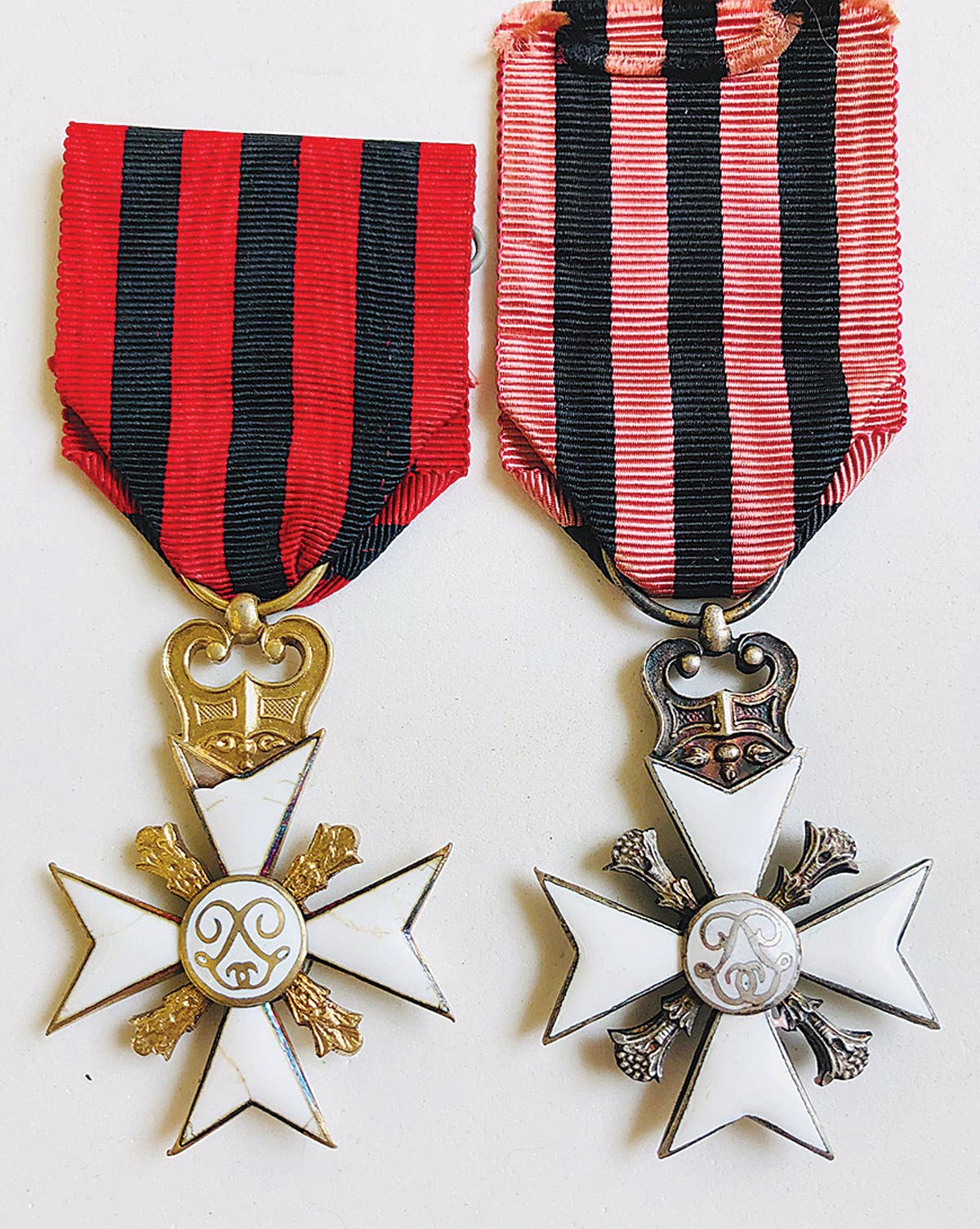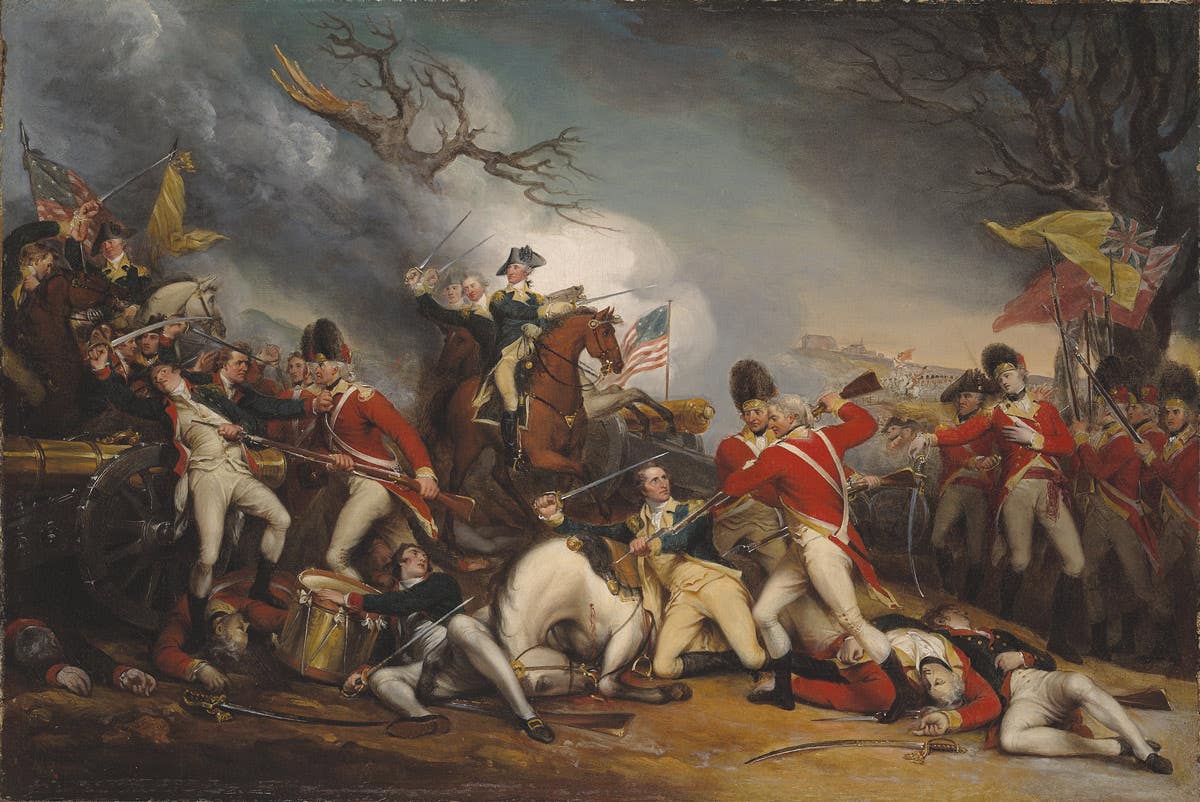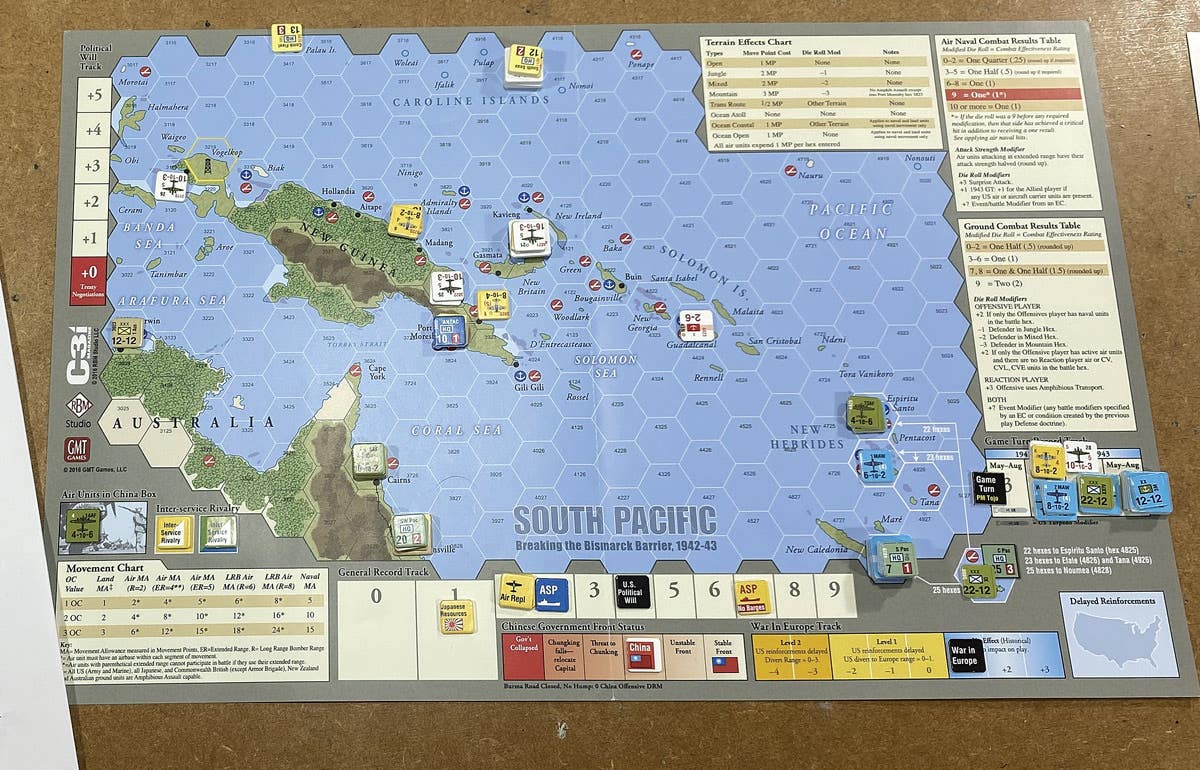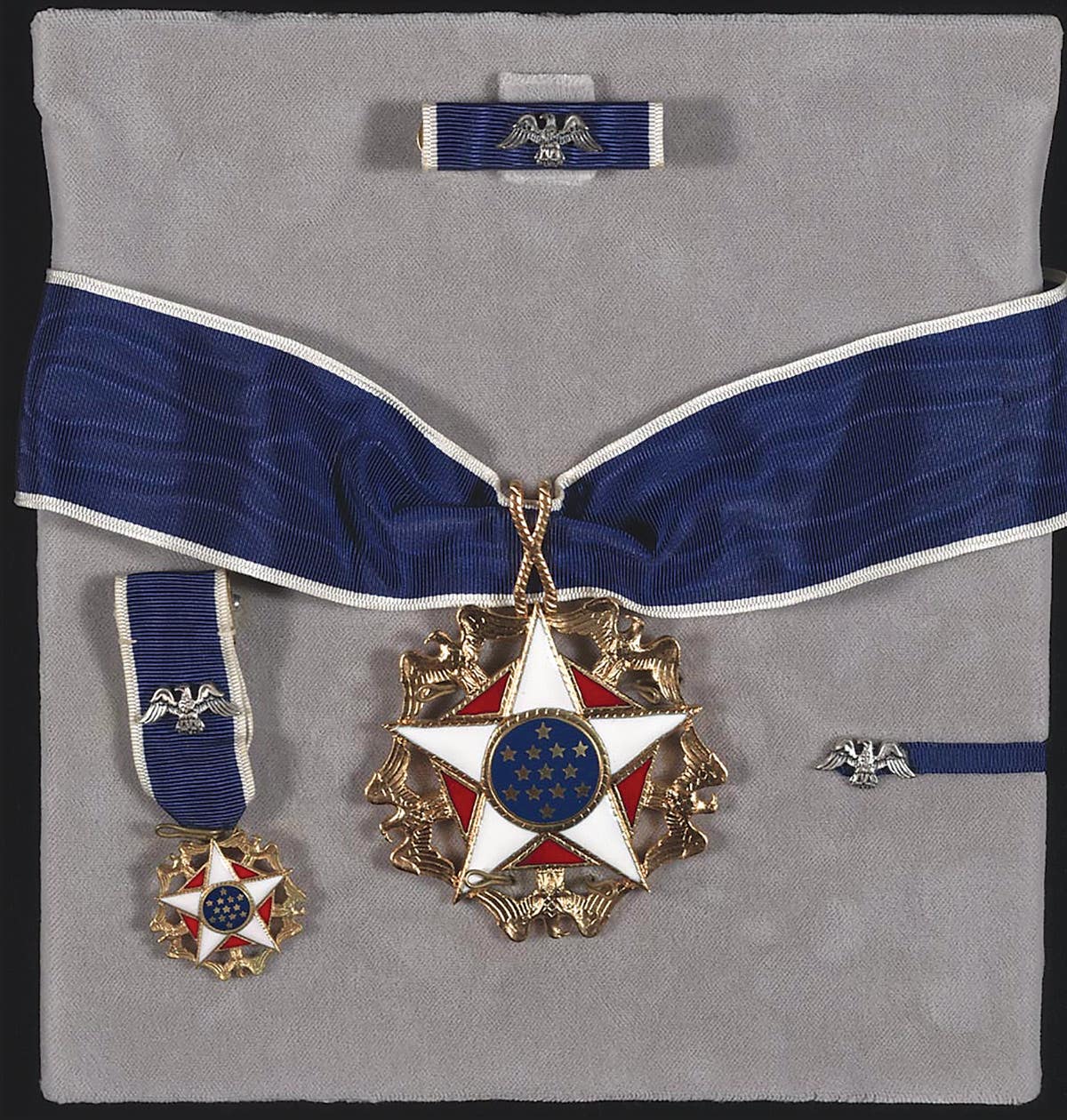The Big Game Hunters: 3-inch Anti-Tank Gun and Carriage M6
By that time, war in Europe was well underway, and the U.S. Army observed with interest the increasing level of armor protection being seen in the conflict. It was rightly determined that the 37mm weapon was inadequate for the modern battlefield.
The ubiquitous 37mm Antitank Gun M3 had been standardized by the U.S. Army in December 1938, but production did not begin until late 1940. By that time, war in Europe was well underway, and the U.S. Army observed with interest the increasing level of armor protection being seen in the conflict. It was rightly determined that the 37mm weapon was inadequate for the modern battlefield.
Ordnance launched efforts to quickly develop a more powerful antitank weapon, first turning to an expedient 75mm weapon based on the M1897 before setting forth on 3-inch project. Utilizing the gun tube from the developmental 3-inch anti-aircraft gun T9, the antitank gun T10 was created. The antiaircraft barrel was combined with the breech, recoil mechanism, gun carriage and shield of the 105mm howitzer M2.
Testing of the new weapon began at Aberdeen Proving Ground in September 1941, and immediately the weapon proved superior to the concurrently developed expedient 75mm antitank gun. The positive test results led to an urgent initial order for 100 of the new 3-inch guns. At this point the decision was made to send an example to the Field Artillery Board for further testing. This board recommended numerous detail changes in the design. Further, and worse, the intended using arm — the Tank Destroyer Branch — soundly rejected the gun, instead preferring self-propelled antitank guns (which, incidentally, they were already using). Infantry panned the weapon because of its substantial (4,870-lb.) weight and 23-foot, 4-inch length. Both the Tank Destroyers and Infantry asked that further procurement of the 3-inch guns be cancelled.
Chief of Ordnance General Levin H. Campbell was aghast, stating that this would be “…a definite mistake in view of recent executions of the 88mm in Libya.”
Enter now General Lesly McNair, head of Army Ground Forces, a former redleg who held that self-propelled antitank guns were a waste. Overruling his subordinates, which included head of the Tank Destroyer Center, General A. D. Bruce, in August 1942 he ordered the procurement of 1,000 of the 3-inch guns. At that time the weapons were designated M5 on Carriage M1. McNair also ordered the weapon to be restudied by the Tank Destroyer Board, basing his argument in part on the fact that the gun could be unloaded at ports that lacked the facilities to lift armored vehicles.
Despite General Bruce’s objections, which included pointing out that a towed battalion required 300 more men, plus additional shipboard transport space for the prime movers, a 3-inch gun was sent to Fort Hood for further testing. The Tank Destroyer Board made several recommendations for improvement, which were almost universally ignored.
Production began in December 1942, with 250 of the weapons being delivered that month. These were followed by 200 in January 1943, 190 in February, 100 each in March through May and the final 60 in June.
On New Year’s Day 1943, McNair ordered that a self-propelled battalion be converted to towed in order to test the new weapon in the field. The 801st Tank Destroyer Battalion was converted on May 24, 1943 from the M3 Gun Motor Carriage to operate instead under new (as of 7 May 1943) Table of Organization and Equipment 18-35 to test McNair’s theory. One-week later McNair ordered that half of all tank destroyer battalions be converted from self-propelled to towed battalions. Each Battalion included 36 of the guns, divided into three companies of 12 each, with associated prime movers.
In November 1943, an improved gun carriage was introduced which included a new sloping gun shield design. The new carriage was designated M6, and as a result, in November 1943 the weapon was standardized as the 3-inch Antitank gun M5 on Carriage M6. With the exception of a few of the early guns sent to Italy in 1943 all the guns sent to Europe used carriages of the latter type. Five-hundred additional weapons of the new design were ordered, which were delivered in November (98) and December (402) 1943. Beginning in April 1944, the final group of 1,000 weapons began production. Deliveries of these were as follows: April 160; May 200; Jane 200; July 175; August 137 and September 128.
The initial prime mover used with the 3-inch gun was the M3 halftrack, but that was far from ideal, and accordingly in September 1944 the M39 armored utility vehicle was deemed to be the prime mover of choice. Ultimately, the shortcomings of the towed antitank gun resulted in units converting back to self-propelled, and only few units actually used the M39.
The M5 first saw combat in Italy, with the 805th Tank Destroyer Battalion arriving in October 1943. The 3-inch battalions were first used in the Volturno-Cassino area, then later in Anzio during the Rome campaign. The using troops were no more enthusiastic about the weapon than had been General Bruce. A Fifth Army tank destroyer conference held in Florence in November 1944 wrote to Washington: “The conference is unanimous in the opinion that the towed battalion was unsatisfactory and grossly inferior to the SP-gun. It cannot be manned effectively in the forward combat area. Men cannot and will not stay with towed guns as they will with the M10 or M18.”
The 805th itself had converted to the M18 Hellcat in July 1944 following the Anzio campaign.
Following the invasion at Normandy, it was quickly determined that the piece was difficult to maneuver in the hedgerow area, with crews struggling to place the gun, in part due to its weight, which now approached 3 tons, and in part due to the height of the hedgerows. Because of the size, the M5 was difficult to conceal, and crews were met with mortar and small arms fire. Units also quickly learned that the 3-inch gun was scarcely adequate against the Panther.
By September, Omar Bradley’s HQ had become disenchanted with all towed antitank battalions, and wrote to Eisenhower, protesting the Army Ground Forces plan of deploying 50 percent of the Tank Destroyer force in towed configuration. Bradley wanted no more than 12 of 52 Tank Destroyer Battalions in the ETO to be towed units, and then only if they were reequipped with the new T5E1 90mm gun.
The Battle of the Bulge put towed antitank artillery to the test, particularly the M5. In the first few days of the German advance the 820th Tank Destroyer Battalion lost 31 of its 36 guns, while the adjacent 801st lost 15 of the weapons.
One antitank company commander noted “…I want the self-propelled guns rather than the towed 3in guns because the towed guns are too heavy and sluggish. You can’t get them up to the front. My orders have been in almost every case to get the guns up to the front-line troops. I just couldn’t do it in the daytime with the 3in towed gun.”
This view pretty well summed up the view of troops in the field, and in January 1945 efforts were underway to convert all of the 12th Army Group’s 3-inch battalions to self-propelled battalions. The war in Europe ended in May with only four battalions remaining to convert.
No M5s were supplied to Allies under the Lend-Lease program, although a few were transferred in Theater to the French.
David Doyle's earliest published works were occasional articles in enthusiast publications aimed at the historic military vehicle restoration hobby. This was a natural outlet for a guy whose collection includes several Vietnam-era vehicles such as M62, M123A1C, M35A2, M36A2C, M292A2, M756, and an M764.
By 1999, his writing efforts grew to include regular features in leading periodicals devoted to the hobby both domestically and internationally, appearing regularly in US, English and Polish publications.
In 2003, David received his a commission to write his first book, The Standard Catalog of U.S. Military Vehicles. Since then, several outlets have published more than 100 of his works. While most of these concern historic military hardware, including aircraft and warships, his volumes on military vehicles, meticulously researched by David and his wife Denise, remain the genre for which he is most recognized. This recognition earned life-time achievement in June 2015, when he was presented Military Vehicle Preservation Association (MVPA) bestowed on him the coveted Bart Vanderveen Award in recognition of “...the individual who has contributed the most to the historic preservation of military vehicles worldwide.”
In addition to all of publishing efforts, David is the editor of the MVPA’s magazine, History in Motion, as well as serving as the organization’s Publications Director. He also maintains a retail outlet for his books online and at shows around the U.S.







